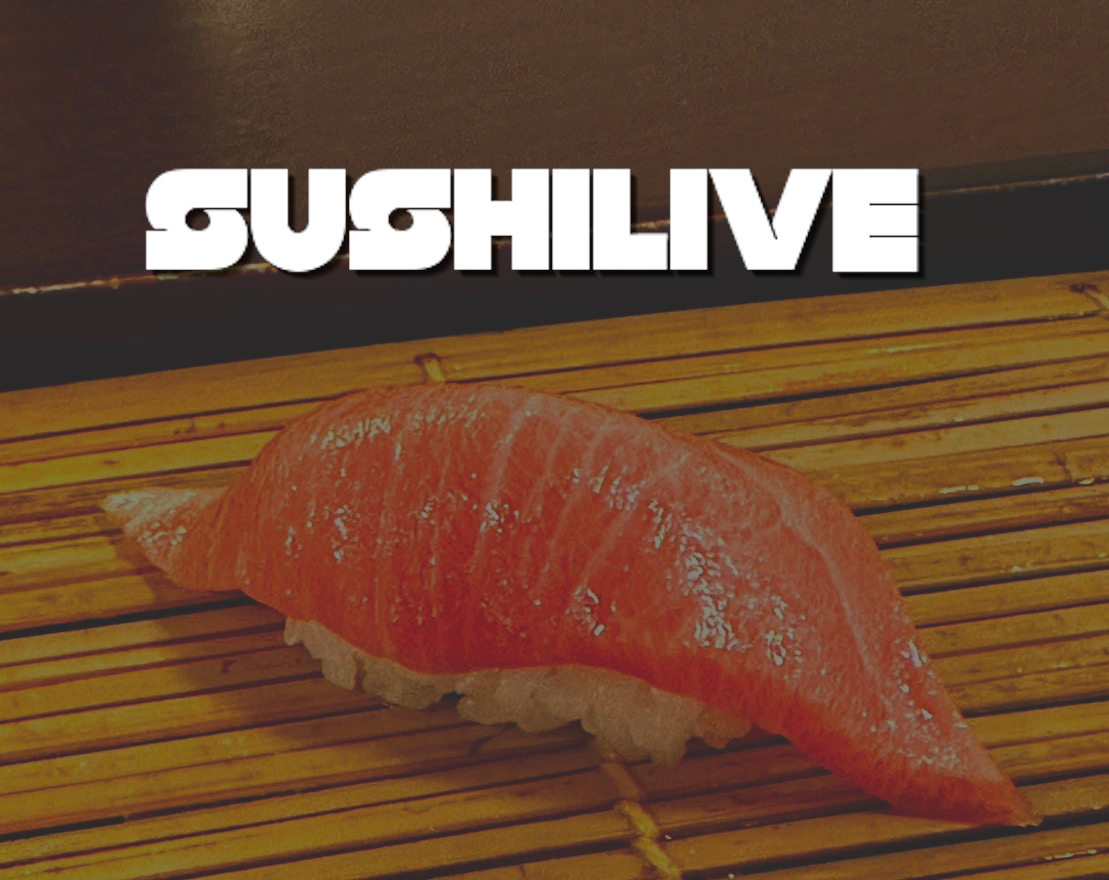Recommended sushi restaurants in Singapore
-

Sushi Yuki
Sushi restaurant in Singapore [SUSHILIVE comment] -


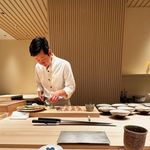
Sushi Sakuta
Sushi restaurant in Singapore [SUSHILIVE comment] -


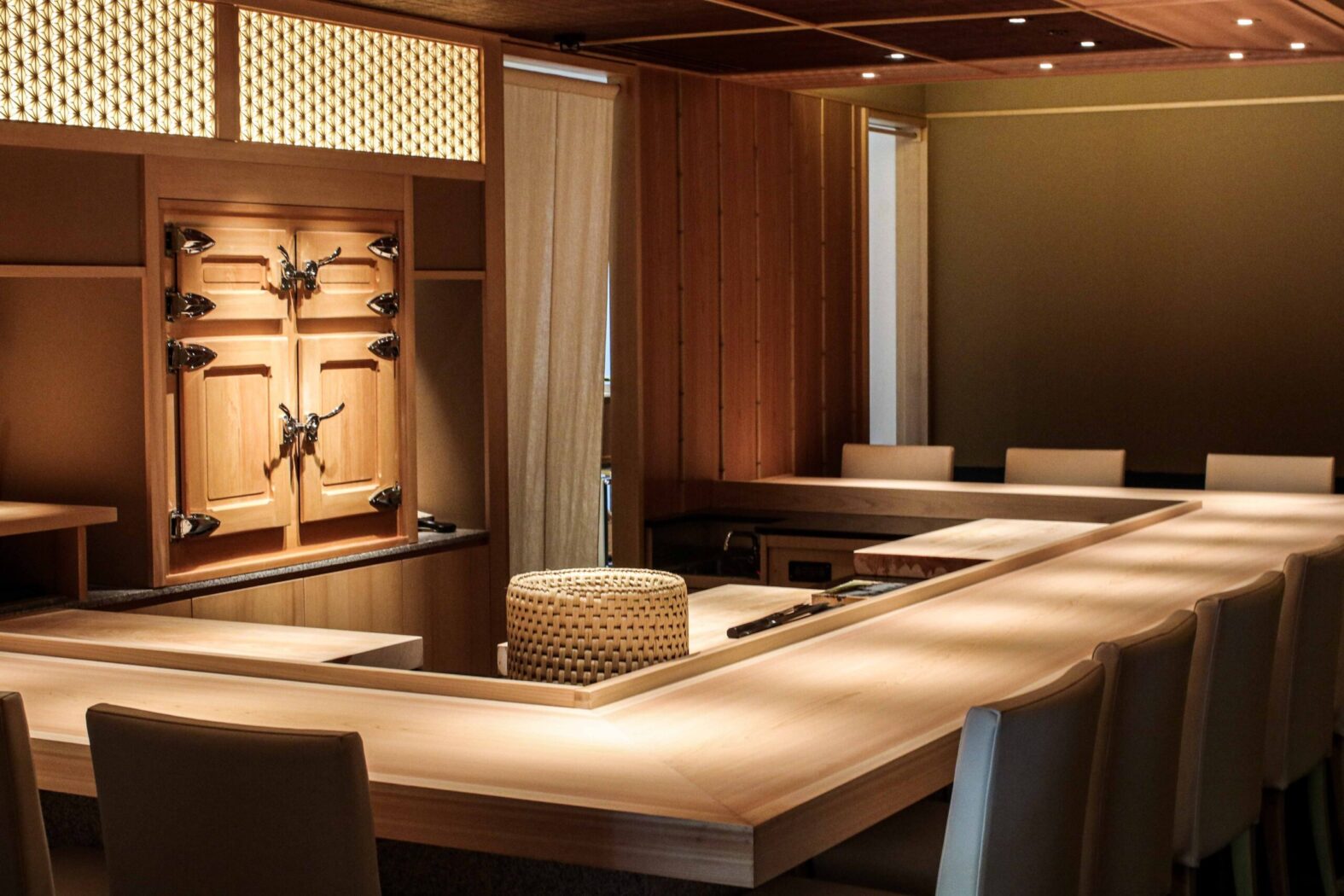
Sushi Katori
Sushi restaurant in Singapore [SUSHILIVE comment] -


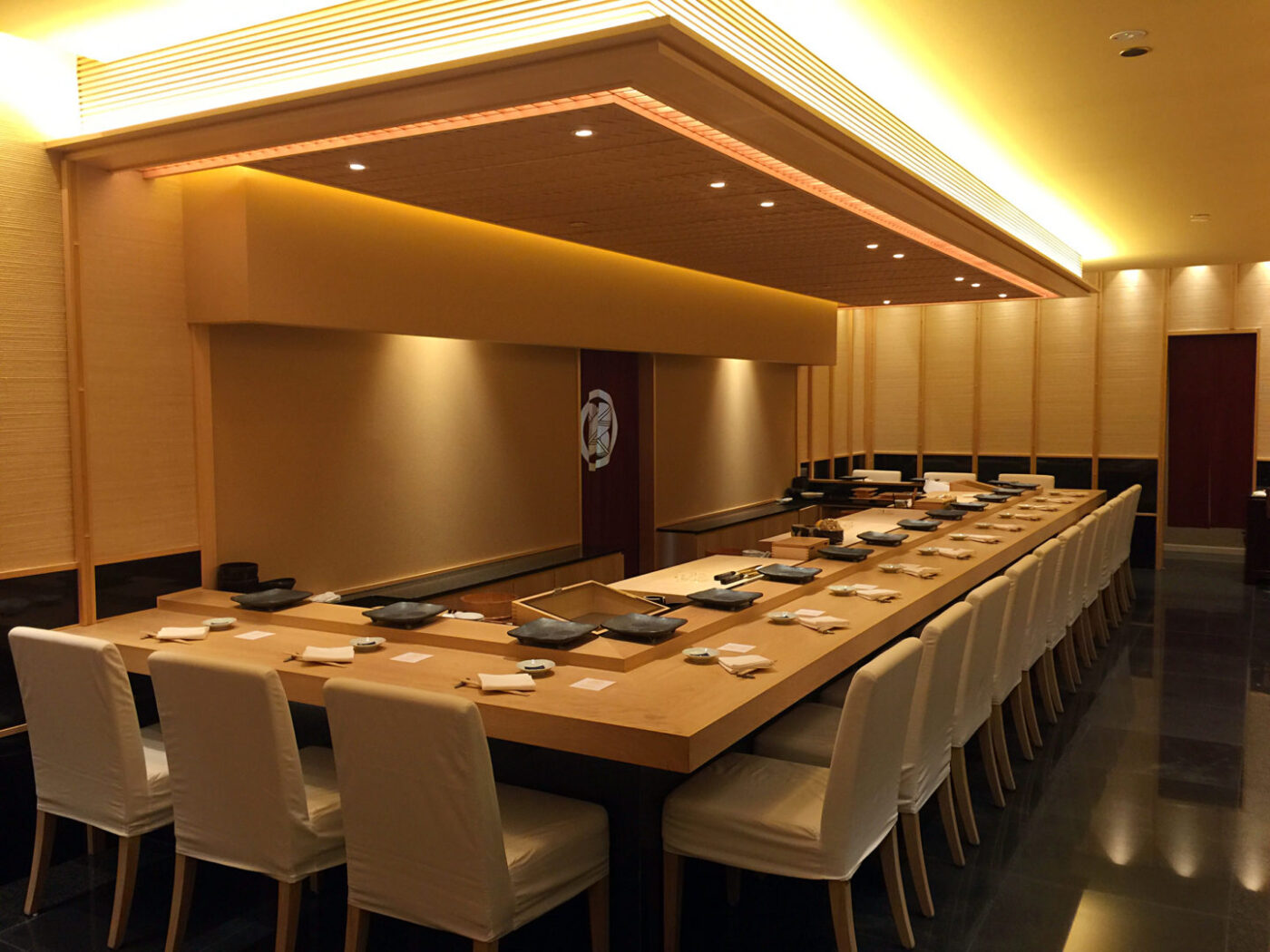
Shinji (Bras Basah Road)
Sushi restaurant in Singapore [SUSHILIVE comment] -


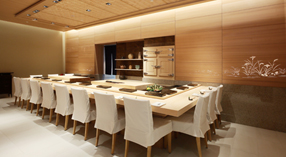
Sushi Ichi
Sushi restaurant in Singapore [SUSHILIVE comment] -


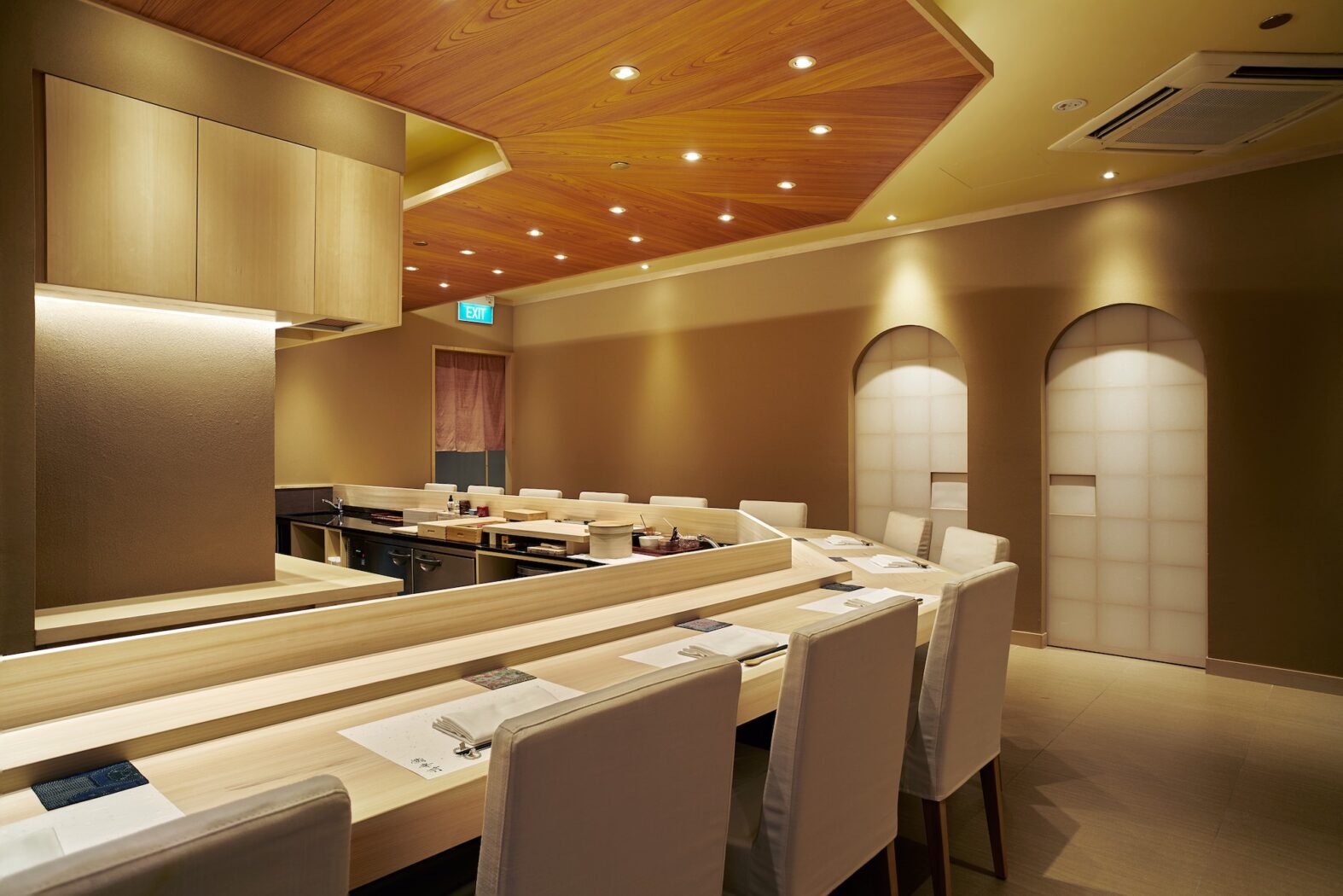
Sushi Kimura
Sushi restaurant in Singapore [SUSHILIVE comment] -


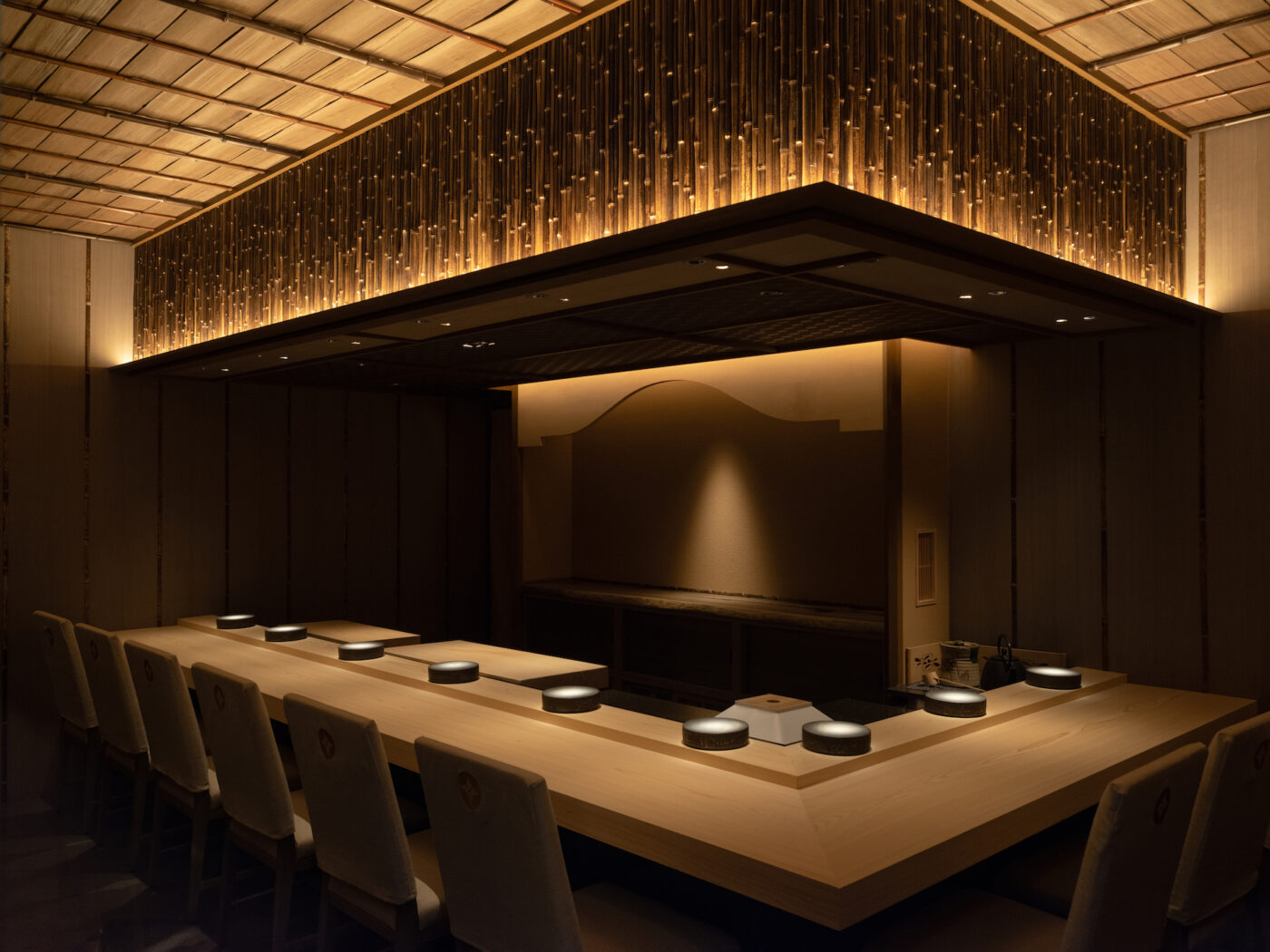
Oshino
Sushi restaurant in Singapore [SUSHILIVE comment] -


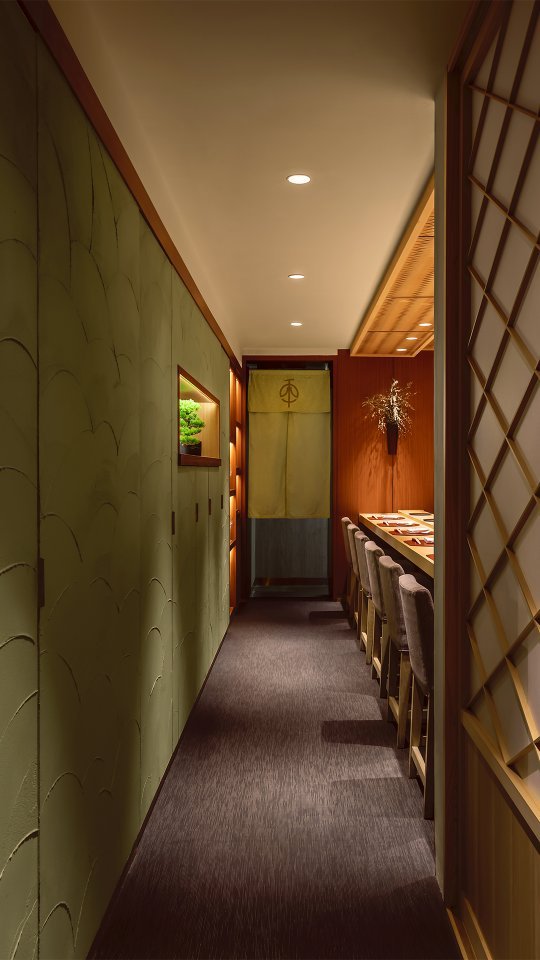
Shoukouwa
Sushi restaurant in Singapore [SUSHILIVE comment] -


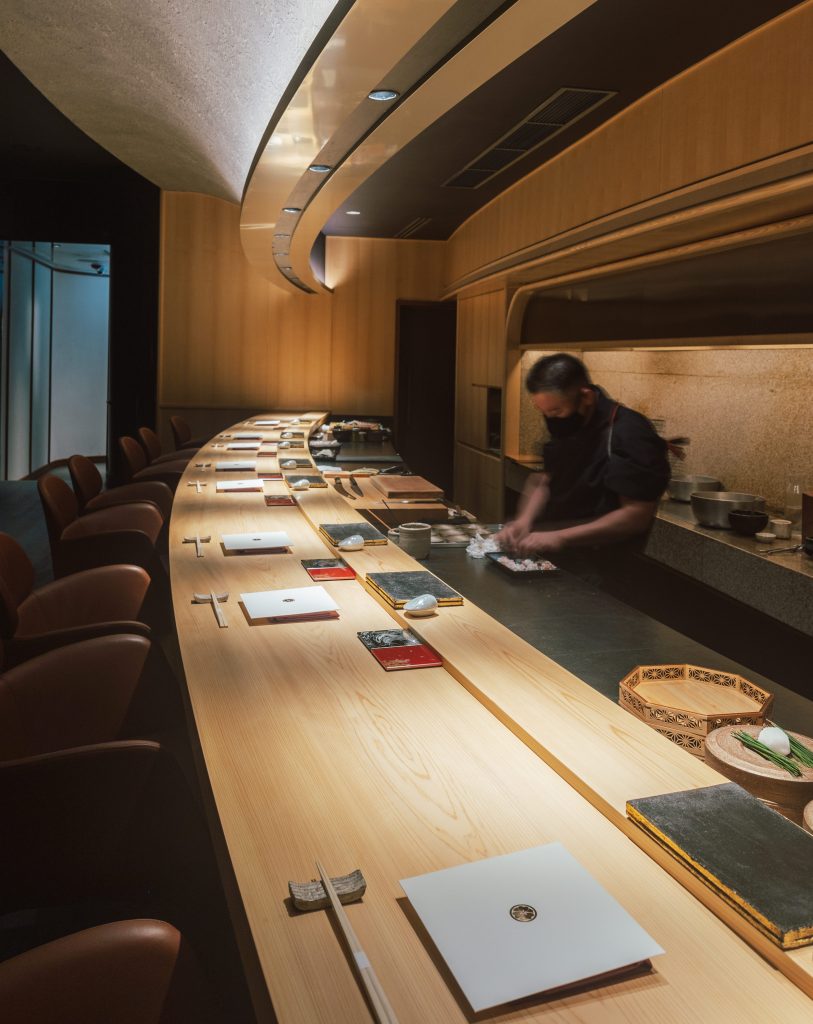
Hamamoto
Sushi restaurant in Singapore [SUSHILIVE comment] -


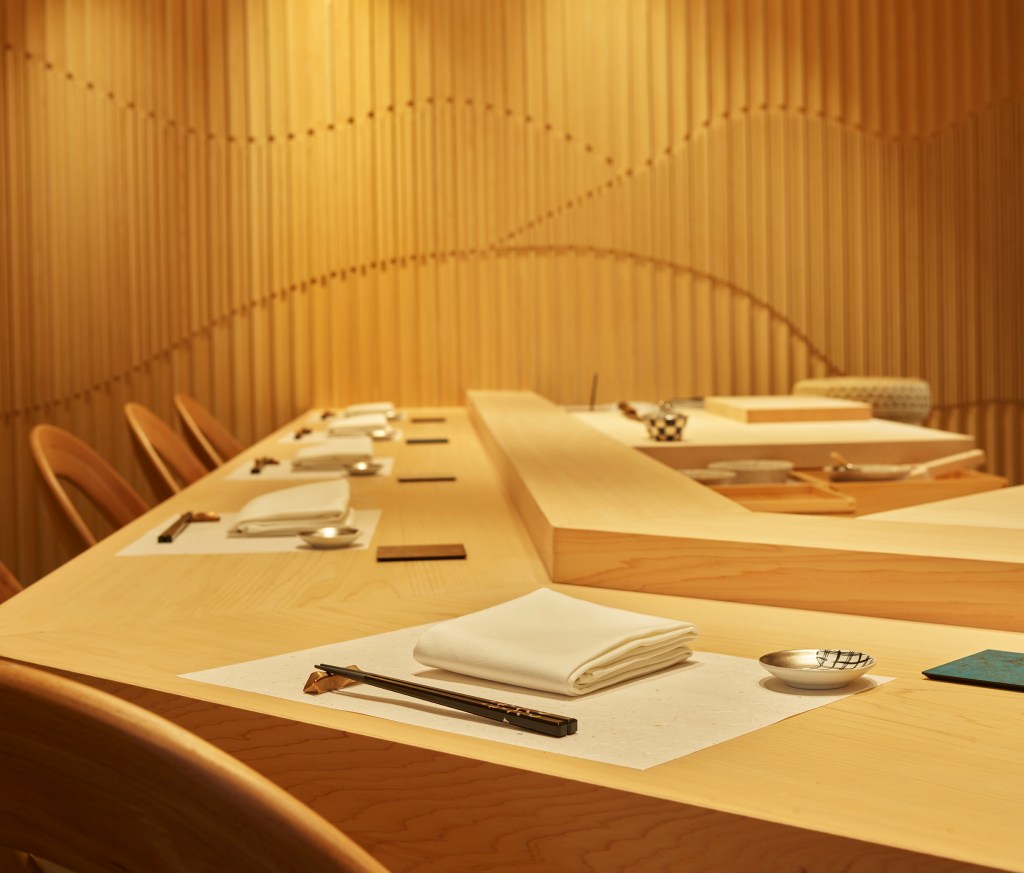
Sushi Masaaki
Sushi restaurant in Singapore [SUSHILIVE comment]
Characteristics of Singapore’s Cuisine
The Shining Gem of Southeast Asia, Singapore
Located at the southern tip of the Malay Peninsula, Singapore is a city-state that has achieved high economic development while being a multi-ethnic nation. Its land area is slightly larger than the 23 wards of Tokyo, and it is a densely populated country with about 5.7 million people living in a tropical rainforest climate that is warm and humid throughout the year. The official languages are English, Chinese, Malay, and Tamil, reflecting the coexistence of diverse cultures. Its political system is a parliamentary constitutional republic, boasting a stable political system. The economy has developed based on free trade and is known as one of the world’s leading financial centers. In recent years, it has also focused on cutting-edge industries such as IT and biotechnology, aiming for further growth in the future. The clean cityscape, efficient transportation network, and lush parks make it an attractive living environment. It is also a popular tourist destination, with iconic spots such as Marina Bay Sands and Gardens by the Bay, as well as historic temples and cultural heritage sites. Indeed, it can be said to be a shining gem of Southeast Asia.
The Miracle of the Small Island Nation, the History of Singapore
The history of Singapore is a story filled with turmoil unique to a strait nation. It began with the appearance of an island called “Pu Luo Chung” in Chinese literature in the 3rd century. In the 13th century, it flourished as a trading post called “Temasek.” In 1819, Sir Thomas Stamford Raffles of the British East India Company landed and developed it as a trading port. It became a multi-ethnic nation, went through the British colonial era, and achieved independence in 1965. Immediately after independence, it faced ethnic conflicts and economic crises, but under the leadership of Prime Minister Lee Kuan Yew, it achieved high economic growth and has become one of the world’s leading economic powers today. Despite facing challenges as a multi-ethnic nation, Singapore has always implemented policies looking towards the future and achieved miraculous development from a small island nation, surprising the world.
The Diverse Culinary Culture of Singapore Woven by Various Cultures
Singapore, an island nation in Southeast Asia, boasts a rich food culture unique to a multi-ethnic nation. The cuisine, heavily influenced by Chinese, Malay, and Indian cultures, delights with its unique flavors, colors, and deep tastes. Chicken rice, believed to have been brought over by immigrants from China’s Hainan Island, is a representative national dish of Singapore. The combination of rice cooked in chicken broth and tenderly steamed chicken meat offers a simple yet profound taste. Available from street stalls to high-end restaurants, it’s a must-try dish for anyone visiting Singapore. Other dishes include the Malay-style curry “Laksa” cooked with coconut milk and spices, the rice “Nasi Lemak” cooked with coconut milk and pandan leaves, and Peranakan cuisine, a fusion of Chinese and Malay cultures. In recent years, Western and Japanese cuisines have also become popular, adding to the city’s culinary diversity. Be sure to visit Singapore and savor the gastronomic experiences that stimulate the senses.
The Flowering Sushi Culture in the City of Lions
In the vibrant city-state of Singapore in Southeast Asia, sushi culture has quietly blossomed. The arrival of Japanese companies in the 1980s led to the opening of sushi restaurants catering to expatriates, where fresh seafood and artisanal skills garnered acclaim. Economic development and the enhancement of gourmet culture have since established sushi’s status as a luxury cuisine. Today, a variety of sushi restaurants, from high-end to casual, can be found throughout the city. Singapore’s sushi culture is characterized by a fusion of Japanese and local elements. In addition to classic toppings, creative sushi using Southeast Asian fish and fruits is popular. The increase in conveyor belt sushi and takeout establishments has made sushi more accessible. For the people of Singapore, who respect the diversity of food, sushi represents a new culinary adventure. The sushi culture, weaving tradition and innovation, is expected to continue evolving.
The Charm Woven by Diverse Cultures, Singapore’s Specialty Products
Singapore is a vibrant city-state where diverse cultures intersect. Its charm is evident in various fields such as gourmet, traditional crafts, and cutting-edge technology. A Treasure Trove of Food Singapore’s cuisine, influenced by Chinese, Malay, and Indian cultures, boasts unique flavors and colors. Famous dishes include Hainanese chicken rice and Laksa. Traditional Kaya jam and pineapple tarts are also perfect as souvenirs. Crafts Blending Tradition and Innovation Peranakan culture, a fusion of Chinese and Malay cultures, features crafts with delicate patterns and vivid colors. Innovative works incorporating contemporary designs into traditional techniques have also gained attention. A Hub for Cutting-Edge Technology As one of the world’s leading technology hubs, Singapore continuously creates new technologies. AI, smart cities, and other future-shaping technologies are actively developed. When visiting Singapore, be sure to explore these specialty products and fully experience their allure.

